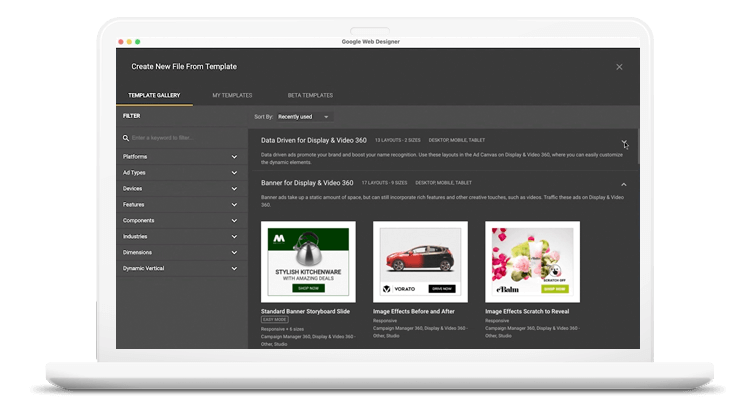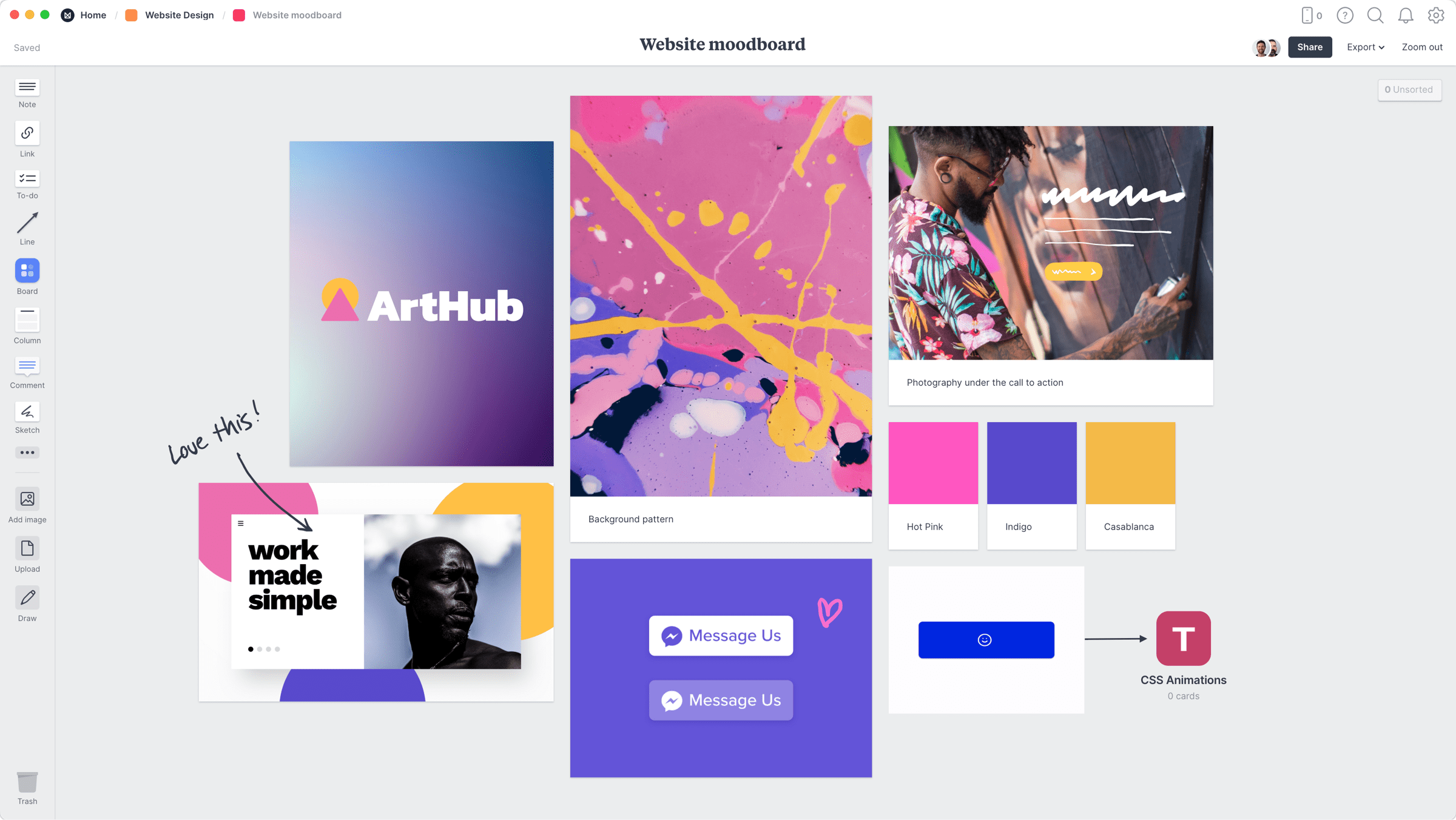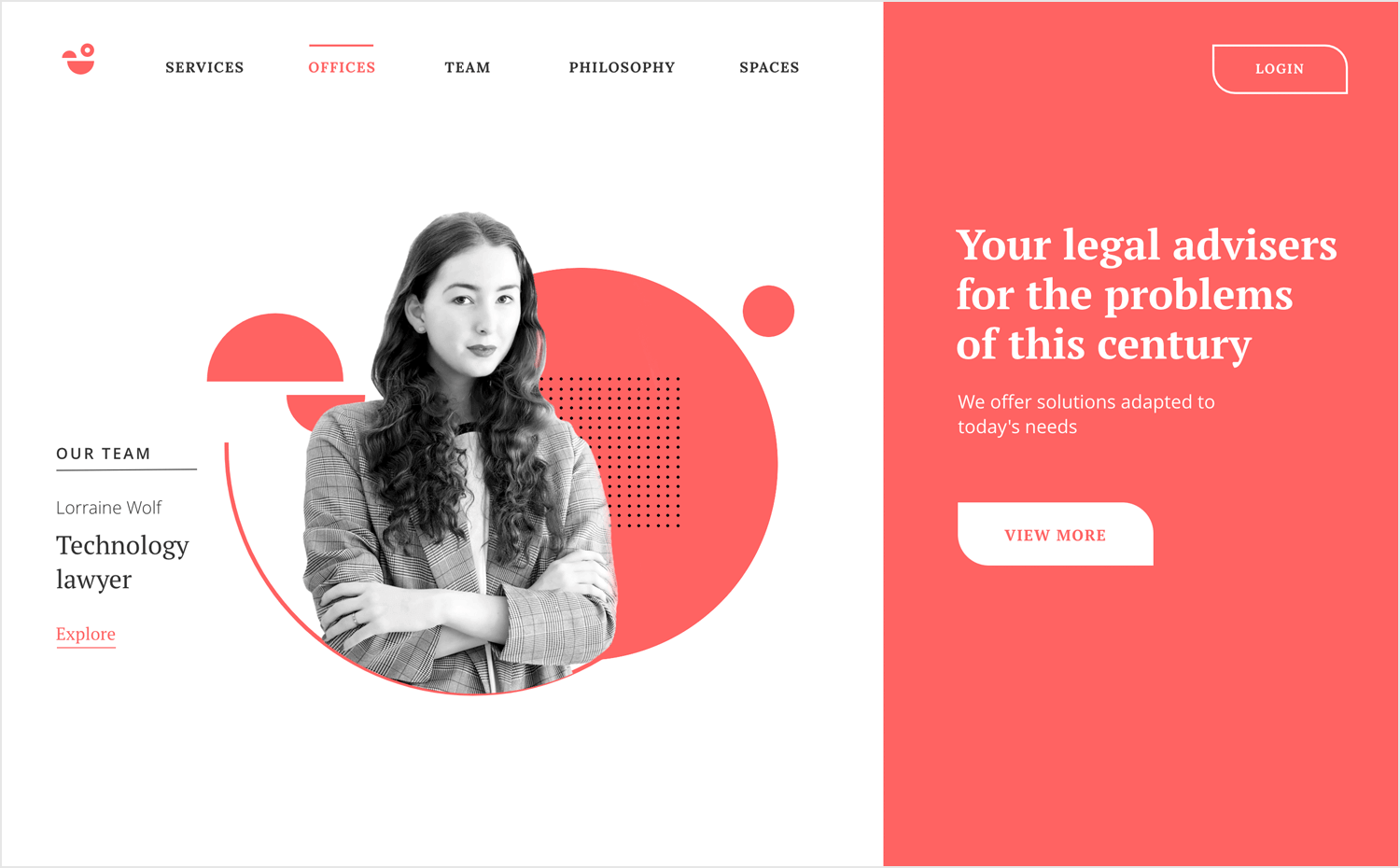Essential Concepts of Website Layout: Developing User-Friendly Experiences
By focusing on customer requirements and choices, designers can cultivate interaction and fulfillment, yet the effects of these concepts extend past plain functionality. Comprehending just how they intertwine can dramatically impact a website's general performance and success, motivating a better examination of their private roles and collective influence on user experience.

Significance of User-Centered Style
Focusing on user-centered design is important for developing efficient web sites that satisfy the needs of their target audience. This strategy puts the user at the center of the layout procedure, ensuring that the website not only operates well but likewise reverberates with users on a personal level. By understanding the customers' objectives, behaviors, and choices, developers can craft experiences that foster engagement and fulfillment.

In addition, taking on a user-centered style ideology can result in improved accessibility and inclusivity, catering to a varied audience. By taking into consideration different customer demographics, such as age, technical proficiency, and social backgrounds, designers can develop websites that rate and useful for all.
Ultimately, prioritizing user-centered style not just improves individual experience yet can also drive vital organization end results, such as raised conversion rates and client commitment. In today's affordable digital landscape, understanding and prioritizing individual demands is a crucial success aspect.
Instinctive Navigating Structures
Efficient internet site navigating is often an essential consider improving individual experience. User-friendly navigation structures allow individuals to discover info promptly and successfully, reducing irritation and raising involvement. A well-organized navigation menu should be straightforward, rational, and consistent across all pages. This allows users to anticipate where they can locate specific content, hence advertising a smooth surfing experience.
To produce user-friendly navigation, designers need to prioritize clarity. Labels must be familiar and descriptive to individuals, preventing jargon or uncertain terms. A hierarchical structure, with primary categories causing subcategories, can further assist individuals in comprehending the relationship in between various sections of the website.
Furthermore, including visual cues such as breadcrumbs can lead individuals via their navigating path, enabling them to easily backtrack if needed. The inclusion of a search bar also boosts navigability, giving customers direct access to content without needing to browse through several layers.
Flexible and responsive Designs
In today's digital landscape, guaranteeing that web sites work seamlessly across numerous devices is crucial for user contentment - Website Design. Receptive and flexible formats are 2 crucial methods that allow this functionality, providing to the diverse series of display dimensions and resolutions that users may come across
Receptive layouts employ fluid grids and flexible pictures, allowing the internet site to instantly readjust its components based on the display measurements. This strategy provides a constant experience, where material reflows dynamically to fit the viewport, which is specifically helpful for mobile customers. By making use of CSS media queries, designers can create breakpoints that enhance the design for different gadgets without the requirement for separate designs.
Adaptive layouts, on the other hand, utilize predefined layouts for particular screen sizes. When a user accesses the site, the server discovers the tool and offers the ideal format, ensuring a maximized experience for differing resolutions. This can bring about much faster filling times and improved performance, as each layout is tailored to the tool's capacities.
Both responsive and adaptive layouts are crucial for boosting user engagement and complete satisfaction, eventually adding to the site's overall performance in meeting its purposes.
Regular Visual Power Structure
Developing a consistent aesthetic power structure is crucial for leading users through an internet site's web content. This concept ensures that info exists in a way that is both user-friendly and engaging, permitting users to conveniently comprehend the product and navigate. A distinct power structure utilizes various layout aspects, such as dimension, comparison, shade, and spacing, to produce a clear distinction in between various sorts of web content.

Moreover, constant application of these aesthetic cues throughout the web site fosters familiarity and depend on. Users can swiftly find out to acknowledge patterns, making their interactions a lot more reliable. Ultimately, a solid aesthetic pecking order not only enhances individual experience yet also enhances total site functionality, urging deeper involvement and assisting in the wanted activities on a website.
Accessibility for All Individuals
Accessibility for all users is an essential facet of site style that makes certain everyone, no matter their specials needs or capacities, can engage with and benefit from on the internet content. Designing with access in mind involves carrying out practices that suit diverse individual requirements, such as those with visual, auditory, motor, or cognitive disabilities.
One essential guideline is to follow the Internet Web Content Accessibility Guidelines (WCAG), which offer a framework for developing accessible electronic experiences. This consists of making use of enough color contrast, providing text alternatives for images, and guaranteeing that navigation is keyboard-friendly. Additionally, using receptive design techniques guarantees that he has a good point sites work efficiently across various tools and display sizes, even more enhancing accessibility.
Another critical variable is the usage of clear, concise language that avoids lingo, making material comprehensible for all users. Involving individuals with assistive innovations, such as screen viewers, needs careful focus to HTML semiotics and ARIA (Available Rich Net Applications) functions.
Inevitably, prioritizing ease of access not only meets lawful responsibilities yet additionally increases the target market reach, promoting inclusivity and boosting individual complete satisfaction. A commitment to accessibility mirrors a dedication to developing equitable electronic settings for all individuals.
Verdict
Finally, the crucial principles of web site layout-- user-centered design, user-friendly navigation, receptive formats, consistent visual power structure, and access-- collectively contribute to the development of straightforward experiences. Website Design. By prioritizing user demands and making sure that all people can efficiently involve with the site, designers improve use and foster inclusivity. These concepts not only boost customer fulfillment however additionally drive positive business results, eventually showing the important importance of thoughtful site style in today's digital landscape
These techniques give very useful insights into user expectations and this article pain points, allowing designers to tailor the site's attributes and material as necessary.Reliable web site navigating is often an essential variable in boosting individual experience.Developing a regular visual hierarchy is pivotal for guiding customers via a web site's material. Eventually, a strong aesthetic hierarchy not only enhances user experience yet additionally boosts overall website use, urging much deeper interaction and assisting in the wanted actions on a web site.
These principles not only boost customer complete satisfaction however additionally drive favorable organization results, ultimately demonstrating the vital importance of thoughtful website layout in today's digital landscape.